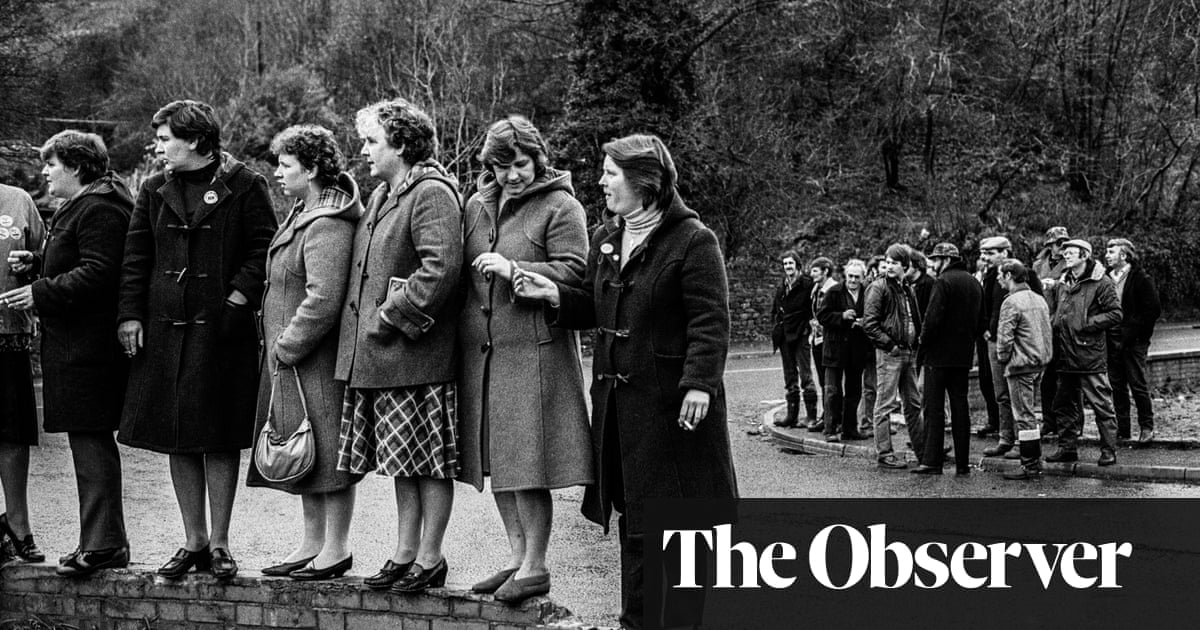
In more innocent or credulous days, the faithful sat in the dark to gaze at strange beings with detachable heads who were actually phantasms of light. Among the stars in this custom-made galaxy, the most alluring and yet the most distant was Greta Garbo, whose persona alternated between carnal heat and ascetic frost. After wickedly enticing her male victims in The Temptress, she redeemed herself as the dying courtesan in Camille; in Queen Christina, she was exalted by sacrifice and in a last mesmerising closeup all emotion blankly drained from her face as she renounced the throne and sailed into exile.
Gradually this astral creature edged down to Earth. Publicists issued an excited proclamation when Garbo talked for the first time on screen in Anna Christie, even though she began by gruffly demanding a whisky in a waterfront bar. In Ninotchka, she made headlines all over again by contorting her alabaster features in a sudden fit of laughter.
Then, in 1941, she abruptly abandoned her career. Middle-aged fault lines in her perfect countenance have usually been blamed, but Robert Gottlieb’s book points to a change in the temper of the times. The young Fellini, puzzled by Garbo’s lunar pallor, mistook her for a ghost. In wartime, movie goddesses had to be less ethereal: they were now called bombshells because pilots painted their bodies on to the fuselage of the planes they flew into battle. Wispy and tremulous, Garbo lacked the ballistic sexual impact of Rita Hayworth in Gilda and unlike the pistol-packing Joan Crawford she was no spitfire.
“I had made enough faces,” Garbo remarked when explaining why she quit. She knew herself to be a product, not a person, and disowned the mystique manufactured by the studio. The surname that MGM assigned to her was supposed to be Swedish for sprite, although alliteration prompted impish schoolboys to nickname her Greasy Garbage.
“You are in love with Garbo,” she told her besotted co-star John Gilbert, implying that he would not have been so infatuated by Greta Gustafsson from Stockholm, a shy mouse who late in life jokingly offered to work behind the counter in a Scandinavian deli near her New York apartment. Affecting anonymity in retirement, she insisted on being addressed as Miss Brown.
Despite a succession of lovers, Garbo’s only long-term relationship, as Gottlieb says, was with the lens. She surrendered gladly to the Hollywood cameramen who trapped her soul on emulsion; later, she had to fend off paparazzi who stalked her in the street and tried to penetrate her disguises. When Chaplin became the most recognisable man in the world, he chummily acknowledged the applause of the multitudes. But Garbo fled from crowds in genuine terror and felt no sense of charitable obligation to her fans; it’s alleged that she even refused to sign an autograph book pitifully proffered by a soldier who was in uniform and on crutches.
Some called her divine, while for others she was a demon. A photograph by Clarence Sinclair Bull superimposes her imperishable head on the recumbent body of the Sphinx, which crumbles in the Egyptian desert. In Mata Hari, she performs an orientalised belly dance, dressed as a profane priestess and wearing a pagoda-shaped hat. Her earliest American films cast her as a vamp, a successor to the bewitching Theda Bara, whose invented name was an anagram of Arab death; the widow of Garbo’s saturnine protector George Schlee called her “that vampire” and after Schlee died, summoned a Russian Orthodox priest to exorcise their fridge because, when the purported blood drinker visited, she sometimes reached into it to grab a can of beer.
Favouring men’s shoes and clothes, Garbo cultivated a teasing androgyny and one of the later projects with which she toyed was an adaptation of Oscar Wilde’s The Picture of Dorian Gray in which she would play the ageless, cruelly insensitive dandy; for the nubile actor who commits suicide when seduced and then spurned by Dorian, she wanted Marilyn Monroe. Envious and venomous, Marlene Dietrich boosted the emasculating myth by claiming that Garbo “raped men, she unzipped her fly and pounced on them”. Garbo retaliated with hazy hauteur. “Who is this Marlene Dietrich?” she once asked a reporter.
Gottlieb is a renowned New York editor who at the age of 90 has earned the right to be self-indulgent and he chats wittily about his idol while leaving others to do the hard work of analysing Garbo’s appeal. In a small anthology of critical comments, Kenneth Tynan’s empurpled rhapsody about her physique – a neck that could be tilted at right angles to her spine, concave pectorals, a wayward, loping walk – is supplemented by a mystical reverie in which David Thomson regrets that “the church of cinema” where Garbo’s worshippers gathered has now been deconsecrated.
The Swedish actor Fritiof Billquist contributes a sharp insight that makes sense of her craving for solitary boredom and domestic banality, a condition she attained in her long, vacuous phone monologues about paying bills and shopping for groceries. “Hers,” Billquist says, “was the artistic nature’s jealousy of real life.”
Best of all, Gottlieb dispenses with words in a gallery of photographs in which Garbo cups her head like the calyx of a flower, lowers her eyelids to semaphore desire or perhaps drowsiness and smokes a cigarette as if lighting a candle to place on her own altar. The mutable human face is saved from decay and flesh and blood are somehow sculpted into the likeness of Pallas Athene.












